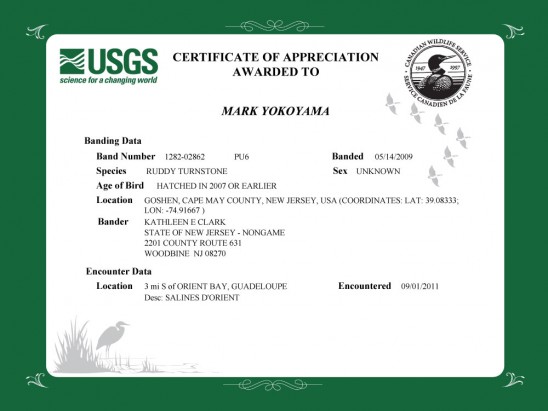The late-summer and early-fall in Saint Martin is a unique time. Restaurants and other businesses close for vacation. Construction projects are underway that have been waiting for this quiet season. Wooden tables are re-varnished. The people who are on the island keep an eye on the hurricane forecast. And it’s also a time of change for many birds, whether passing through or getting ready to leave for the season.
Laughing gulls are still on the island. Past Grandes Cayes, they gather at tide pools during low tide and flock at the dump at high tide. Soon, though, they’ll be on their way. You can already see they are losing the dark head plumage of the breeding season.
Recently arrived, however, are various sandpipers in large numbers. These are many of the little brown or gray shorebirds that appear on beaches and salt ponds around August. There are a number of species, and I find it a bit tricky to keep track of which is which. There are quite a few similar looking shorebirds, and to complicate things more, many shorebirds have different coloration when breeding than at other times.
On Baie de l’Embouchure, the beach seems to be dominated by semipalmated sandpipers, least sandpipers, semipalmated plovers, ruddy turnstones and short-billed dowitchers. These birds roam the beach, feeding on whatever invertebrates are living in the sargassum as it decays.
On the mud flats of Salines d’Orient, many of these same birds can be seen feeding, digging into the mud for snails and such. The salt pond is also popular with other birds, like the black-necked stilt and the various egrets and herons who are not normally seen on the beach.
Various species of tern move back and forth between the pond and the sea, preferring to rest in protected areas well out into the water. At Le Galion they can be seen on the diving platform if you’re there before the beach gets busy, and on the pond they sit on rocks, often grooming themselves.
Finally, the osprey is a relatively uncommon sight on the island, especially during the late spring and early summer. From now through the spring, it should be at least a bit easier to see one as they pass through the area. Incidentally, although osprey is a pretty awesome name, the French name, balbuzard pêcheur, is pretty great, too.
































































































































































